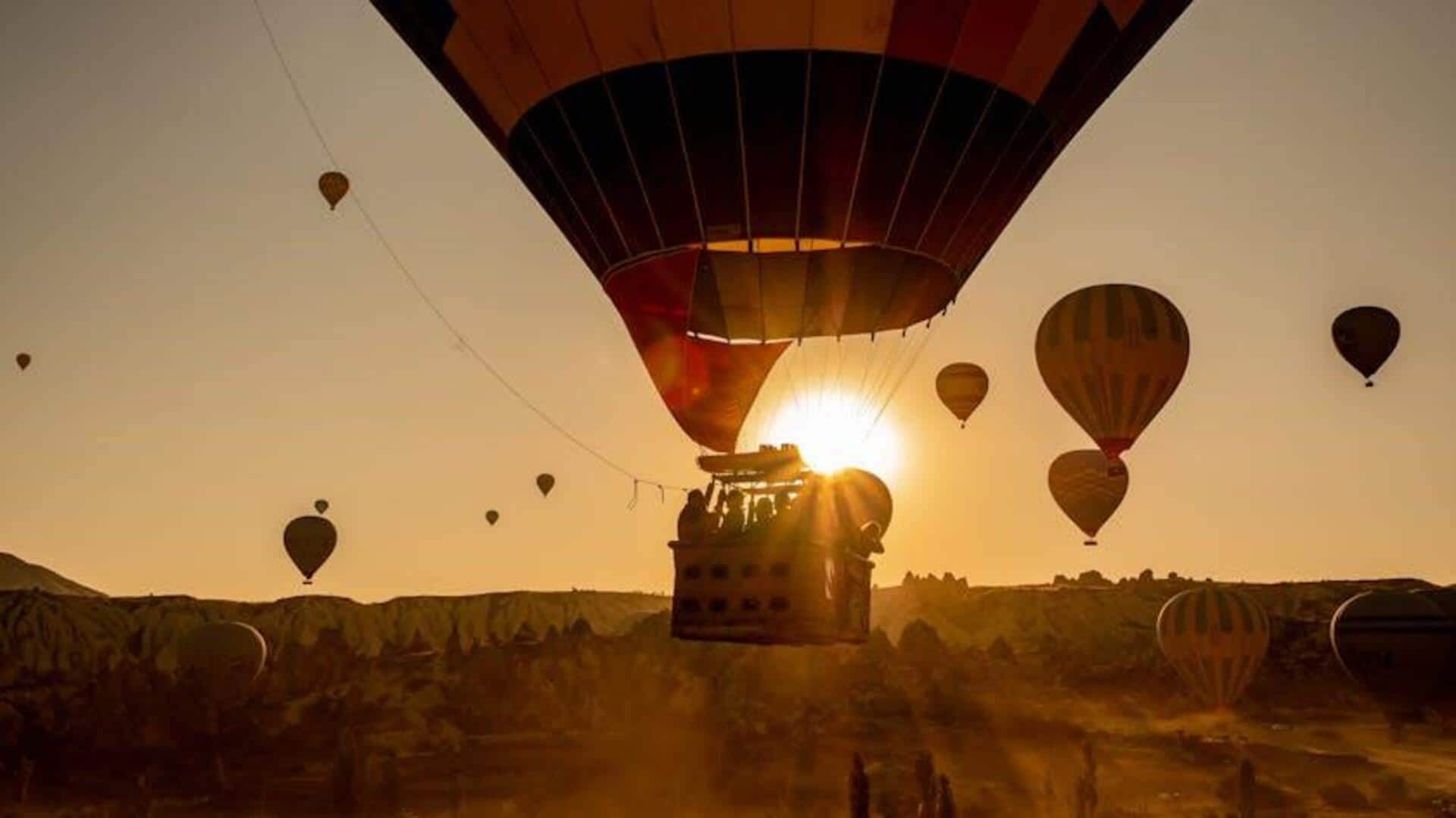
Hot air ballooning over the Serengeti migration
What's the story
Witnessing the Serengeti migration from a hot air balloon provides a unique vantage point on one of nature's most spectacular performances. Every year, over two million wildebeest, zebras, and gazelles traverse the Serengeti's expansive plains in Tanzania to Kenya's Maasai Mara, in pursuit of fresh pastures. This airborne adventure offers a truly unparalleled perspective on this awe-inspiring wildlife phenomenon.
Timing
Planning your trip
When you plan your hot air balloon ride is key. The Serengeti migration, with over two million animals, happens year-round but moves around. Go between December and March for the southern plains' calving season. For dramatic river crossings in the north, go between June and October. Booking during these periods increases your odds of seeing large herds and predator-prey action.
Safety first
Booking with reputable operators
Choosing a safe hot air ballooning company should be your number one concern. Opt for operators with flawless safety records and pilots certified by recognized aviation authorities. Plus, check that they have full insurance coverage. A balloon safari costs between $500 and $600 per person, including a champagne breakfast after your flight.
The experience
What to expect during your flight
Your journey begins before daybreak, as you're guided to the launch site to witness your balloon's inflation under a canopy of stars. As you ascend with the rising sun, expect breathtaking views of wildlife and vast landscapes. Flights are approximately one hour, culminating in a champagne breakfast in the bush - a salute to the age-old ballooning customs.
Clothing tips
Dressing appropriately
It is recommended to dress in layers as temperatures can fluctuate quite a bit, from the pre-dawn chill to the warmth of the mid-morning sun. Opt for neutral colors, not only to blend in with nature but also because they tend to attract fewer pesky bugs. Wear comfortable closed shoes for both safety during take-off and landing and for navigating the uneven terrain at your landing site.
Leave no trace
Environmental consideration
Responsible ballooning means doing our part to protect the Serengeti's and Maasai Mara's unique ecosystems. Operators should follow flight paths that minimize disturbance to wildlife and avoid causing unnecessary stress to animals—particularly during sensitive times like calving or migration crossings. As passengers, adhering to the guidelines set by your pilot and crew ensures that this once-in-a-lifetime experience remains sustainable for years to come.